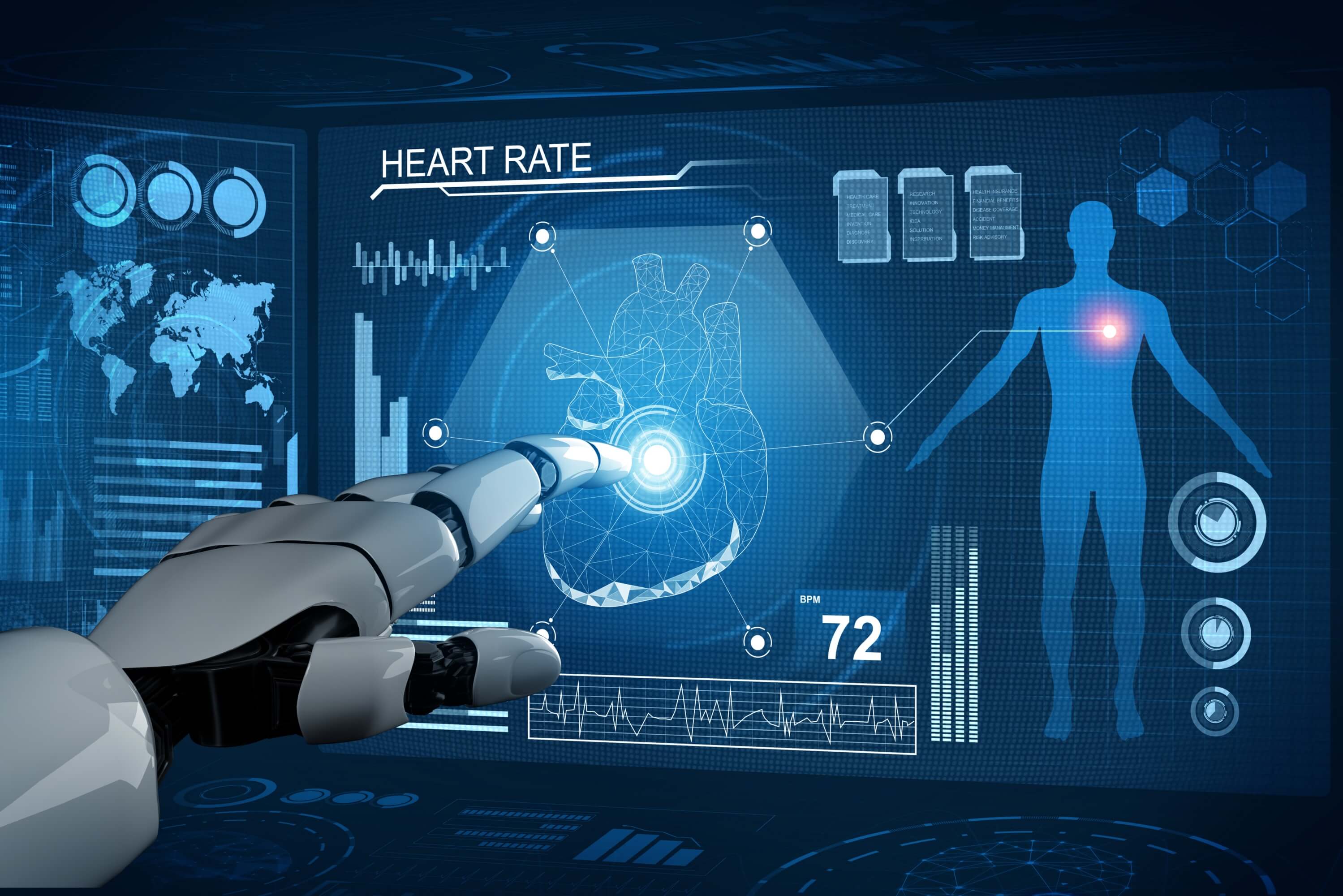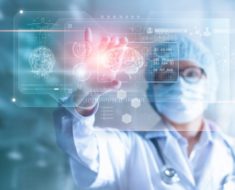
Healthcare is an industry that has been changing rapidly over the past decade. The ways in which healthcare professionals diagnose and treat patients have evolved significantly, as new technologies are being developed every day. These new developments will shape how healthcare is practiced in the future, so it’s important to stay on top of them! This blog post covers some of the most exciting trends shaping healthcare technology today.
1. Artificial intelligence
You may have heard the term “artificial intelligence” (AI) used before and wondered what it meant. AI is a broad concept that can mean different things in different contexts. In healthcare technology, AI refers to computers and machines that can think and learn like humans. They use this “intelligence” to complete tasks normally requiring human intelligence. The idea of AI in medicine is not new, but advancements in technology mean that medical professionals can now use it in a variety of ways.
2. Machine learning
Machine learning is a subclass of AI, which refers to computers that can learn without being explicitly programmed. Instead of following pre-programmed algorithms, machines use data to solve their problems. They can “train” themselves on new information and adjust their behaviour accordingly. This computer technology allows medical professionals to perform tasks that would normally be too difficult or time-consuming.
3. Sensor technology
Another way healthcare professionals can provide better care is through the use of sensor technology. These devices can pick up on signals that humans cannot detect, such as changes in breath rate or heart rhythm. They send this information back to a computer, which can “teach” the machine to recognize certain patterns in the data. This allows doctors and other healthcare professionals to diagnose patients without invasive procedures or tests.
4. Edge computing
We are now living in a world that is becoming increasingly connected, with billions of devices being interlinked via the internet. However, it can be difficult for this constant data flow to travel quickly enough to allow all the devices to communicate seamlessly. This is where edge computing comes into play. As the name suggests, it involves processing and storing information at the edges of the “network.” This allows for smoother communication between devices, meaning that technology can be used in real-time without requiring large amounts of data to be sent back and forth.
5. Telemedicine
Telemedicine is the use of technology to provide medical care through telecommunications. For example, a doctor might see a patient remotely using an electronic device such as a webcam or smartphone. This allows healthcare professionals to diagnose and treat patients who live in remote areas or may not get to a hospital.
Dil Bole Oberoi





